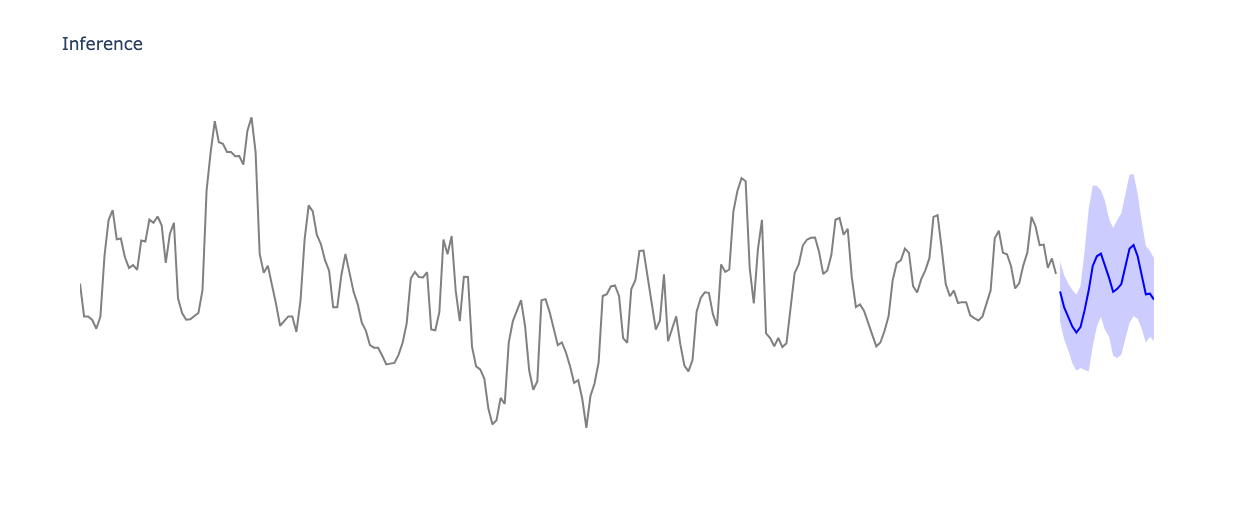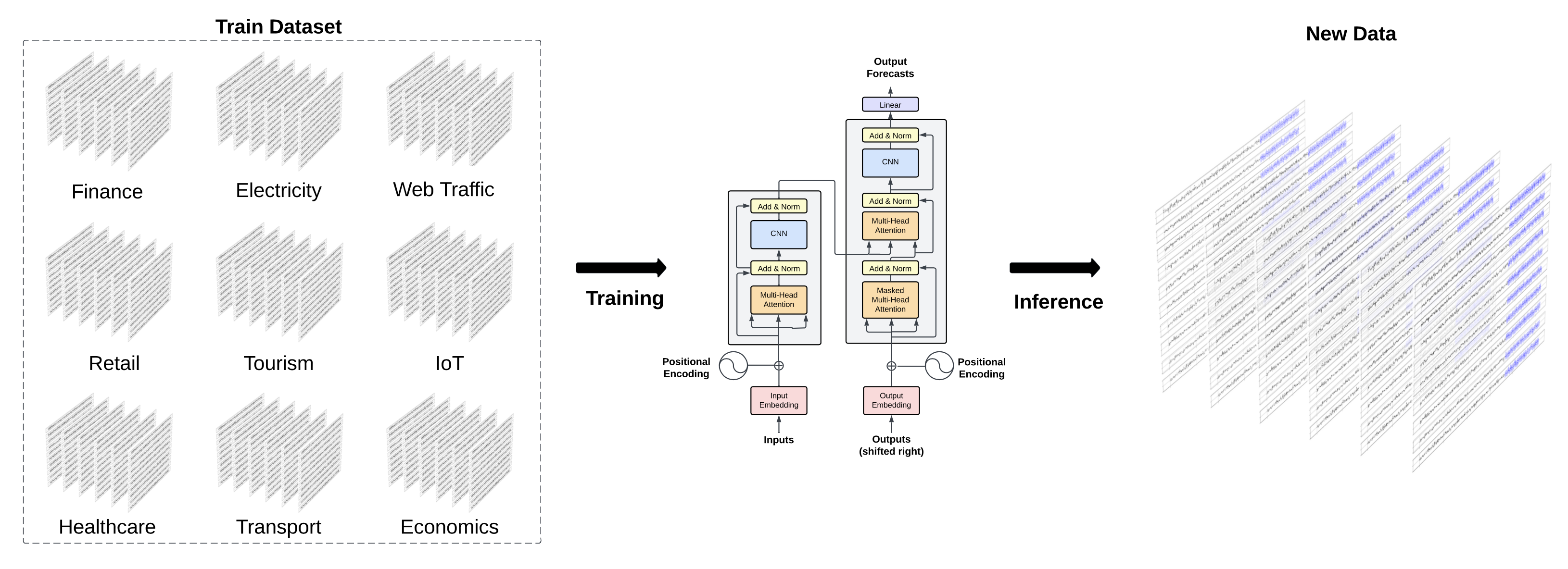Key Concepts
Time Series
A time series is a sequence of numerical data points in successive order. In the context of TimeGPT, each data point in the series is considered an input to the model. The model "learns" from the patterns in this data and uses this understanding to make future predictions. Time series data can arise from a wide array of applications, such as stock prices, weather records, or sales data over time.
Forecasting
Forecasting is a process used in various fields, from business to environmental studies, to predict future outcomes based on past data. It involves taking historical data, identifying patterns, trends, or regularities, and projecting these patterns into the future. For example, a retailer might use past sales data to predict future demand for a product, an economist might use past economic indicators to predict future economic conditions, or a meteorologist might use past weather data to forecast future weather patterns.
One of the most exciting developments in forecasting is the application of machine learning, particularly deep learning, to forecast future events. These models can process vast amounts of data and recognize intricate patterns, making them highly accurate in many situations. With TimeGPT, you can leverage state-of-the-art forecasting capabilities without previous machine-learning experience.

TimeGPT output
Anomaly Detection
Analyzing sequential data often involves detecting anomalies or unexpected events, which could represent notable deviations from standard patterns. Identifying these anomalies is crucial in many contexts.
With TimeGPT, we can track data sequences —such as daily temperatures— and pinpoint significant abnormalities. This feature is invaluable in various fields. For example, in finance, anomaly detection can flag sudden, substantial market changes. In cybersecurity, our method can spot unusual network activity that may indicate a breach.
In short, anomaly detection enhances time series forecasting by predicting future events and detecting past extraordinary occurrences. This added layer of insight strengthens our data understanding, equipping you to respond more effectively to unforeseen events.

Anomaly detection
Multiple Series
TimeGPT provides a robust solution for multi-series forecasting, which involves analyzing multiple data series concurrently. The model can be fine-tuned using a broad time series collection, enabling you to tailor the model to suit your specific needs or tasks.

Multiple series forecasting
TimeGPT
Nixtla's TimeGPT is a generative pre-trained model to forecasts time series data. TimeGPT uses historical values of the time series and exogenous variables as inputs to make predictions. TimeGPT can be used across a plethora of tasks, including demand forecasting, anomaly detection, financial forecasting, and more.
TimeGPT "reads" time series data much like the way humans read a sentence – from left to right. It looks at a window of past observations from your time series, which we can think of as "tokens", to predict future observations. TimeGPT will leverage the temporal patterns learned during training on billions of data points to produce the best forecast for your task.
The TimeGPT API provides an interface to this powerful model, allowing users to leverage its forecasting capabilities. With this API, users can forecast future events and delve into various time series-related tasks, such as what-if scenarios, anomaly detection, and more.

Inputs (Tokens)
TimeGPT's time series data is processed in chunks, similar to how tokens work in text processing. Each data point in a series can be thought of as a 'token' in natural language processing (NLP). For example, if we have four data points, we can consider them as four 'tokens'. The number of 'tokens' used to produce the forecast depends on the frequency of your time series data.
Updated over 1 year ago